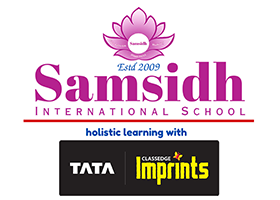
What are the advantages of reflective practice?
-
Understanding learners– Reflective practice helps teachers, understand the abilities and needs of their learners; as the teacher gets into the students’ shoes while reflecting on his/her methodologies.
-
Develop reflective learners– Reflective teachers are instrumental in developing reflective learners. Imbibing the practice of reflection, helps students becomes independent learners, by analyzing, evaluating and improving their own learning.
-
Professional Development-Self-reflection allows teachers to create and experiment with new ideas and approaches to gain maximum success for their learning and development.
-
Humility – Self-reflection, needs to be done with utmost honesty. Honest with ourselves on our choices, our mistakes, our success, on what could have been done better. This practice acts as a self-reminder to stay humble and continue working hard.
-
Enhances innovation – when a teacher sees that her students interest is waning, she is bound to innovate new methodologies to make the class interesting.
-
Enhance problem solving– The practice allows teachers (and tutors) to devise strategies and map out personalised techniques for their struggling students.
A few reflective practice tools:
-
Self-questioning: Questioning self on the effect and efficiency of teaching
-
Discussing with peers: Drawing on support from peers will allow to cement understanding and get involved with others’ ideas and best practice.
-
Student feedback: Teachers must interact with students and reflect together. This provides scope for the students to play an active part in learning
-
Reflection journal: Instructors might consider capturing a few details of their teaching in a journal to create an ongoing narrative of their teaching across terms and years.
-
Teaching Portfolio: Though less focused on classroom practices, a portfolio is an opportunity to reflect on teaching overall.
We promote the usage of steel lunchboxes and steel water bottles instead of plastic, we promote the usage of Ink pen to avoid the usage of ‘single use plastic’, we use less paper, save electricity and water as much as possible. Most of our schools complete their energy requirement by having solar energy panels. Our students make useful items from the used material, like clothes, paper, and single use plastic. Our students also create awareness in the neighborhood and the community.
Inculcating these practices at the young age will take us a long way in saving our resources for the future generation, at the same time keeping our Mother Earth clean.
